MASSAGE THERAPY TECHNIQUE
Table of Contents
Definition:
- Massage is to work and act on the body with pressure. Massage techniques are commonly applied with hands, fingers, elbows, knees, forearms, feet, or a device. The purpose of massage is generally for the treatment of body stress or pain. A person who was professionally trained to give massages was traditionally known as a masseur (male) or a masseuse (female). The title massage therapist has been recognized as a business norm.
What is Massage Therapy?
- Massage therapy is the manipulation of soft tissues of the body including, muscles, connective tissues, tendons, ligaments and joints. Massage Therapy is a clinically-oriented healthcare option that helps alleviate the discomfort associated with everyday and occupational stresses, muscular over-use and many chronic pain conditions.
Types of Massage:
Picking the Right Massage Therapy
- Most massage therapy modalities share similar benefits including a relaxation component that helps you de-stress. But it’s not all “oohs” and “aahs” — there’s also the occasional “ouch!” Certain forms of massage are more focused on releasing trigger points (which can feel less-than-comfortable), while others are geared towards serenity now. Here are the most common types of massage and the major benefits of each.
1. Deep Tissue Massage
- Best for: Relieving deep knots and fixing movement patterns
- If you’re looking for a calm and relaxing massage, this likely wouldn’t be your best bet. As the name implies, deep tissue massages typically involve digging deep within the muscle to release trigger points and improve mobility. Although the massage might not be comfortable the entire time, it shouldn’t be painful, says Hunninghake. If a massage is too unpleasant, you’ll end up just tensing up your muscles, which defeats the purpose. The key to getting it just right? Communicating with your therapist. Everyone handles pain differently. If you’re clenching your jaw while on the table, it’s time to ask them to lighten up!
2. Swedish Massage
- Best for: Relaxing after a long, stressful week
- Swedish massages are known as a lighter, more relaxing type of massage. But don’t think that makes them less beneficial — a massage can still be effective even if it doesn’t hurt. As opposed to deep tissue work, which zeroes in on high-tension areas, Swedish massages involve longer, more-fluid strokes meant to provide a relaxing sensation and create a beneficial hormone response. Research shows it’s effective as well: A single Swedish massage has been shown to reduce circulating cortisol (a stress hormone) and improve immune function.
3. Sports Massage
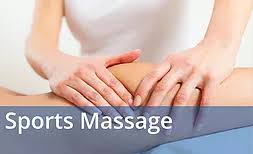
- Best for: Dealing with sport-specific issues and nagging injuries
- Sports massage therapists normally aren’t that much different from normal therapists. Their major advantage lies in their understanding of the particular sport in question alongside the demands placed on your body. Hunninghake, who frequently sees clients that are endurance athletes like her, often has clients mystified as to how she always finds trigger points. “They’ll often say, ‘How did you know about that spot?’” Her reply: “Well, that spot is my spot!” Though she’s careful to never assume someone has the same trigger points as her, she says her experience with endurance athletes gives her a special understanding. “I understand you because I am you,” she explains.
4. Rolfing
- Best for: Treating chronic injuries with an integrated, whole-body approach
- Developed by Ida Rolf in the early 1900s, Rolfing involves therapists poking, pushing and kneading your body to encourage better movement and blood flow. Because Rolfing specialists often hit on deep trigger points, the modality can be confused with other forms of massage, such as deep tissue. The main distinguishing factor is that Rolfing practitioners take a more full-body approach to the treatment using a technique called Structural Integration. In this method, therapists work on fascia, the connecting tissue between muscles, to promote better balance and alignment within the body. While the benefits aren’t conclusive, research has shown that Rolfing can be effective at reducing back pain as well as potentially useful for re-educating movement patterns and relieving muscle imbalances.
5. Shiatsu
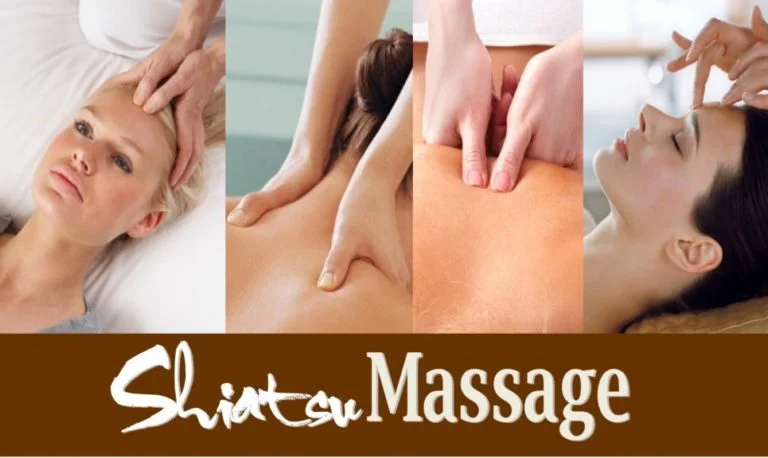
- Best for: Encouraging healing throughout the body
- You won’t find therapists using their elbows in this type of healing massage. The word itself (“Shiatsu”) actually translates to “finger pressure” in Japanese, indicative of how Shiatsu practitioners perform the massage. Using only their thumbs, fingers and palms, therapists move across the body, applying varying pressure at certain points referred to as Shiatsu points or “Tsubo,” with the goal of promoting healing and regeneration throughout the body. Shiatsu has been shown to improve pain threshold and improve sleep quality in fibromyalgia patients. However, more research is still needed on the benefits of this ancient Japanese practice.
Indication of Massage Therapy:
• Arthritis
• Sprain
• Strain
• Neck and Back Pain
• Muscle Spam
• Orthopedic Conditions
• Post surgical orthopedic conditions
• Rheumatic conditions
• Nerve injuries and neurological disorders
• Nervous tension / Emotional stress
• Headaches
• Trigger Points
• Radiculitis
• Joint stiffness
• Reduce Post Traumatic Edema
• Reduce Dependent Edema (varicosities, congestive heart failure)
• Arthritic and Rheumatic Conditions
• Subacute and Chronic Post Traumatic Inflammatory Conditions
• Synovitis
• Tenosynovitis
• Non-infectious bursitis
• Peripheral nerve injuries
• Insomnia
• Sciatic Nerve Pain
• Myofascial Pain
• TMJ Syndrome
• Fibromyalgia
• Post-Traumatic Stress Disorder
• Carpal Tunnel Syndrome
• Plantar Fasciitis
• Depression
• 2nd and 3rd Trimester of Pregnancy
Contraindication of Massage Therapy:
•Suspicion of local malignancy (avoid area)
•Phlebitis (blood clots) or Lymphatic
•After any type of surgery
•Stroke (numbness left side of body)
•Fever
•Toothache
•Heart Attack (severe sweating, pains in the left arm, shortness of breath and irregular heartbeat)
•Acute burns or acute dermatitis
•Suspicion of osteomyelitis or tuberculosis lesions of bone
•Presence of intra abdominal organic disease
•Advanced arteriosclerosis
•Suspicion of Hematoma
•Vertigo
•Cancer (doctor’s release required by law)
•Areas where a malignant growth is suspected
•Acute inflammatory process
•Acute non-draining cellulitis
•Acute infectious arthritis
•Any condition with a tendency toward hemorrhage
•Peripheral nerve injuries in which the appreciation of heat sensation has been lost or impaired
•Certain medications which may sensitize the body to heat
•Open skin lesions
•Open cuts
•Severe varicose veins
•Severe acne
•1st trimester of pregnancy (doctor’s release required by law)
•Hypertension/High Blood Pressure (untreated)
•Autoimmune Diseases
•Migraines (consult therapist before scheduling)
•Edema
•Deep Vein Thrombosis
•Ringworms
•Impetigo
•Influenza
•Lice
•Scabies
•Mumps
•Chicken Pox
•Shingles
•Rabies
•Fever
•Athletes foot
•Mono
•Tuberculosis (Consumption)
•Hepatitis
Principle of Massage Therapy:
> Basic Theory :
- Massage uses pressure to direct venous and lymphatic flow back towards the heart. It is therefore important that the movement is always in this direction so that there is no undue pressure on the closed valves in the veins. These valves prevent backflow of blood by only allowing blood to move in one direction (i.e. toward the heart). As the pressure from the heart pumping subsides and the blood moves back, the valves close and prevent any further back flow.
- Massage may also be used to stretch muscle fibres. In this case, the direction is not as important as the strokes are much shorter and therefore pressure in the wrong direction is not significant enough to cause damage.
> Posture :
- Your ability to administer a good massage will depend largely on your own comfort, therefore maintaining a good posture is beneficial to both you and your client. The following are only basic guidelines and it may be that because of the environment you’re in, adjustments may need to be made.
- Work with your back as straight as possible. By flexing your hips and knees, you will be able to move more efficiently and with less stress on your back.
- Foot position is also important and should be such that you can move in an antero-posterior direction without placing undue strain on your back.
> Hand Position :
- The most useful areas of the hand to use are the ulnar border and base of the thumb.
- Other important areas are the palm and the palmar surfaces of the fingers and thumbs. They provide sensory feedback, thus allowing you to adapt your massage with regard to timing and pressure according to the nature of the tissue. It is for this reason that the use of elbows and knuckles should be avoided.
- Keep your arms and hands relaxed while massaging, with the hands conforming to the contours of the body.
Always pour the oil onto your own hands, never directly onto the client. - Try to warm the oil (and your hands) before applying to the naked skin. If this is not possible, at least warn the client of what is to come.
> Physical Contact :
- Try to always maintain contact with your client. This allows them to relax, especially if they are lying face down. Removal of the hands may also be interpreted as an indication that the session is over and so cause unwanted movement.
- If for some reason you must break contact, for example at a sports meeting where situations are not ideal, then make sure you cover the client and do not leave them exposed.
Common Massage Therapy Techniques:
- A quality massage therapist will have an array of massage tools and techniques to assist you. These massage techniques can include the following:
* Longitudinal Gliding :
- Longitudinal gliding is a basic but effective massage technique administered in the direction of the blood flow. It aids the fluid dispersion from the injury site, and thus helps reduce inflammation and swelling. It is also very useful in relaxing tight muscles.
* Kneading ( Petrissage ) :
- Kneading massage can be performed in different ways and is described by the part of a hand used to accomplish the massage, eg thumb kneading and palm kneading. The pressure used must vary according to the purpose of the massage and the bulk of the tissues under treatment. The rhythm and rate of the movement are equally important as the pressure is applied intermittently.
- The skin is lifted up, pressed down and squeezed, pinched and rolled. Alternate squeezing and relaxation of the tissues stimulates the local circulation and may have a pain-relieving effect with some muscular disorders.
- Petrissage is derived from a French word, meaning “to knead”. The basic movement is to compress, pick up and then release the soft tissues. It is generally used when a deeper effect than effleurage is desired, and it’s techniques include:
– Squeezing
– Picking up
– Shaking
– Rolling
– Wringing
> Performing Petrissage
- As with effleurage, pressure is directed toward the heart to encourage venous return. Your hands remain in almost static contact with the client’s skin, while moving them over the underlying muscle. The difference is that with petrissage the overall direction is from proximal to distal, as opposed to effleurage, in which the direction of the overall technique is from distal to proximal. This is achieved by first applying shorter strokes toward the heart, but then moving the hands distally before beginning the stroke again. This is supposed to force blood out of an area by the application of pressure, then releasing the pressure and repeating the technique distally to force fresh blood and nutrients into the area.
* Effleurage (Stroking) :
- The hands are passed rhythmically and continuously over a client’s skin, in one direction only, with the aim of increasing blood flow in that direction, stretching tissues, relaxing the client and aiding the dispersal of waste products. The word effleurage is derived from French, meaning “to skim”. It involves stroking movements of the hands sliding over the skin and is always the first and last technique (as well as being used between other techniques) applied in a massage session. Effleurage may be used with varying tempo and pressure according to the stage of the condition and whatever the desired effect of the massage is.
> Performing Effleurage
- You should use a wide surface area of the palmar surfaces of the hands and fingers, either with both hands simultaneously or by alternating hands. Pressure is sustained throughout the stroke and is always toward the heart to encourage venous return. On the return stroke, the hands should maintain light contact and avoid the same path taken by the upward stroke. The position, speed and direction of the movements will vary depending on aim of technique and the part of the body being massaged. For example, long, stroking movements may be used on the legs and arms, while a more circular motion may be preferred for the back and neck.
- Effleurage should be carried out in a smooth, rhythmical and relaxed manner, beginning with light touch at the start of the session. This should build up to deeper pressure with slower movements for increased circulation and stretching of the tissues at a later stage in the session. The hands should be relaxed and should follow the natural contours of the client’s body. The technique should not be rushed, as you need time and quality of movement to determine any tissue abnormalities that require attention. Quick movements will not allow the client to relax and will certainly be more painful if any areas are tender.
- When passing your hands over any bony prominences, pressure should be eased, both since there is no therapeutic value of massaging over bone, and to reduce discomfort felt by the client. To complete any massage, use effleurage to relax the client, especially if intense/painful techniques have been used during the session.
> Aims of Effleurage
– Introduce touch to the client
– Put the client at ease
– Warm the superficial tissues
– Relax the muscles
– Allow you to palpate and sense the condition of the tissue
– Stimulate the peripheral nerves
– Increase blood and lymph flow, thus aiding in the removal of waste products
– Stretch tissues
– Relax the client before the end of the session
- Not all of these aims may necessarily be accomplished in one session. Much depends on what the requirements of the client are. Lighter, brisk movements may be indicated is the client is about to participate in sport and needs to be stimulated and energized. The same techniques applies more slowly will be better employed after exercise to relax the client and aid in the removal of waste products.
- It is very important to achieve your aims using effleurage before moving onto other techniques, such as petrissage. If the muscles have not relaxed sufficiently, deep tissue massage may be uncomfortable and painful. The more pliable the superficial tissue is after effleurage, the more beneficial the deeper massage will be.
Myofascial Releases :
- Myofascial release is manual technique for stretching the fascia with the aim to balance the body. Fascia is located between the skin and the underlying structure of muscle and bone, it is a seamless web of connective tissue that covers and connects the muscles, organs, and skeletal structures in our body. Injuries, stress, trauma, and poor posture can cause restriction to fascia, and the goal of myofascial release is to release fascia restriction and restore its tissue.
Trigger Point Therapy :
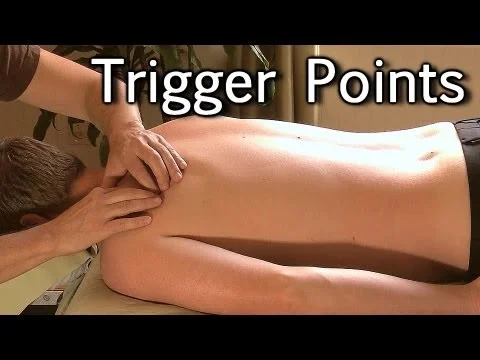
- Trigger point therapy is a bodywork technique that involves the applying of pressure to tender muscle tissue in order to relieve pain and dysfunction in other parts of the body. Trigger points are active centres of muscular hyperactivity, which often cross-over with acupuncture points. You will also find that your muscular “knots” are commonly trigger points.
Deep Transverse Frictions :
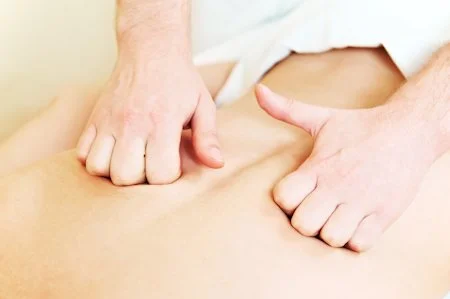
- Transverse friction is a transverse connective tissue therapy applied directly by the fingers. Transverse frictions use an oscillating pressure applied across the direction of the tissue fibres. This technique is used mainly on tendon or ligament injuries to help break down thickened, pain-producing scar tissue. If these lesions are not reduced then they are likely to cause further irritation, and degenerate more quickly than they should.
Compression Massage :
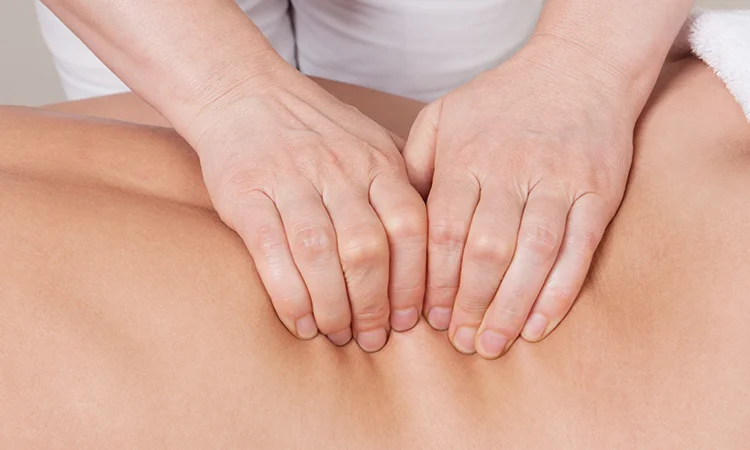
- Rhythmic compression into muscles used to create a deep hyperaemia and softening effect in the tissues. It is generally used as a warm-up for deeper, more specific massage work. Sports massage utilises compression massage.
Cross-Fibre Massage :
- Cross-fibre friction techniques applied in a general manner to create a stretching and broadening effect in large muscle groups; or on site-specific muscle and connective tissue, deep transverse friction applied to reduce adhesions and to help create strong, flexible repair during the healing process.
Swedish Massage :
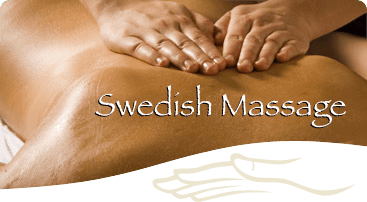
- Swedish massage techniques includes long strokes, kneading, friction, tapping, percussion, vibration, effleurage, and shaking motions.
> The usual sequence of techniques is:
- Effleurage: Gliding strokes with the palms, thumbs and/or fingertips
- Petrissage: Kneading movements with the hands, thumbs and/or fingers
- Friction: Circular pressures with the palms of hands, thumbs and/or fingers
- Vibration: Oscillatory movements that shake or vibrate the body
- Percussion: Brisk hacking or tapping
- Passive and active movements: Bending and stretching
- PNF Stretches (proprioceptive neuromuscular facilitation)
> PNF techniques combine passive stretching and isometrics with your muscle alternatingly stretched passively and contracted. The technique targets nerve receptors in the muscles to extend the muscle length.
> First, the relaxed muscle is stretched by a partner, ones own body weight against the floor, a wall, or similar resistance.
> At the point, where no further stretching seems possible, the stretch is held for up to 30 seconds. However, during this period, the muscle should be contracted as much as possible.
> Finally, when the muscle gets relaxed again, it should be immediately stretched farther, which is then easily possible again.
> This technique of alternating stretching and contracting can be repeated several times, in order to stretch a bit further each time.
> Your Physiotherapist massage therapist is a professional who understands was is right for your body. If you have any questions as to what is best for your body, please call us to discuss your massage requirements.

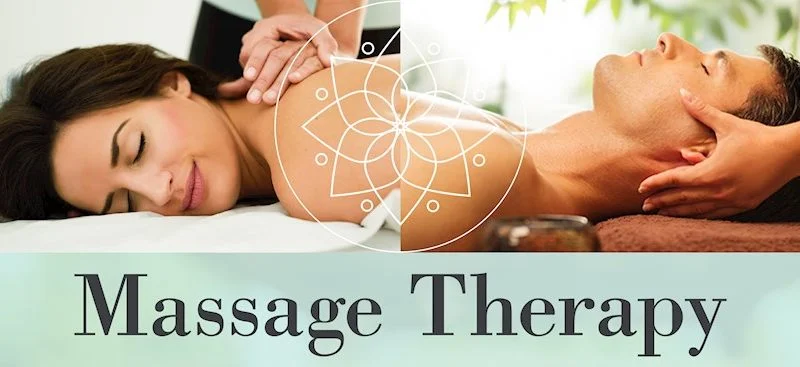

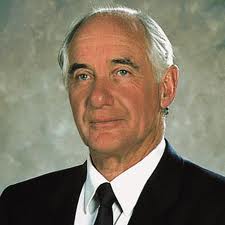
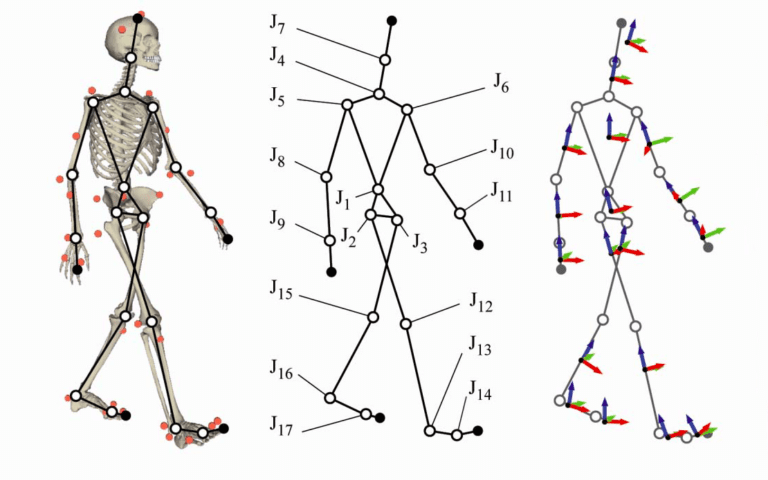
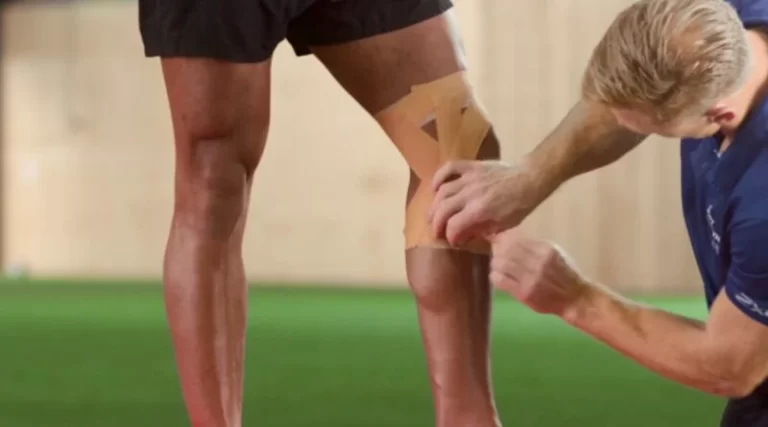
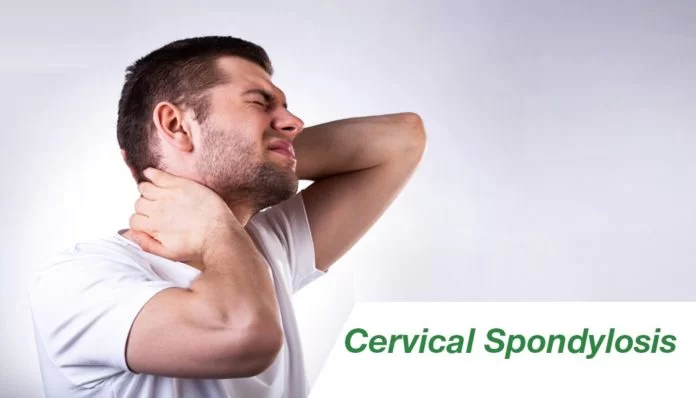
One Comment